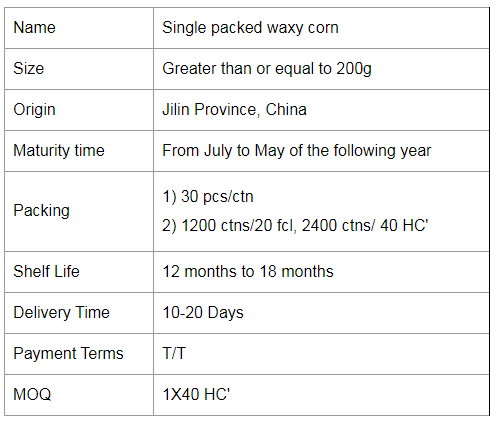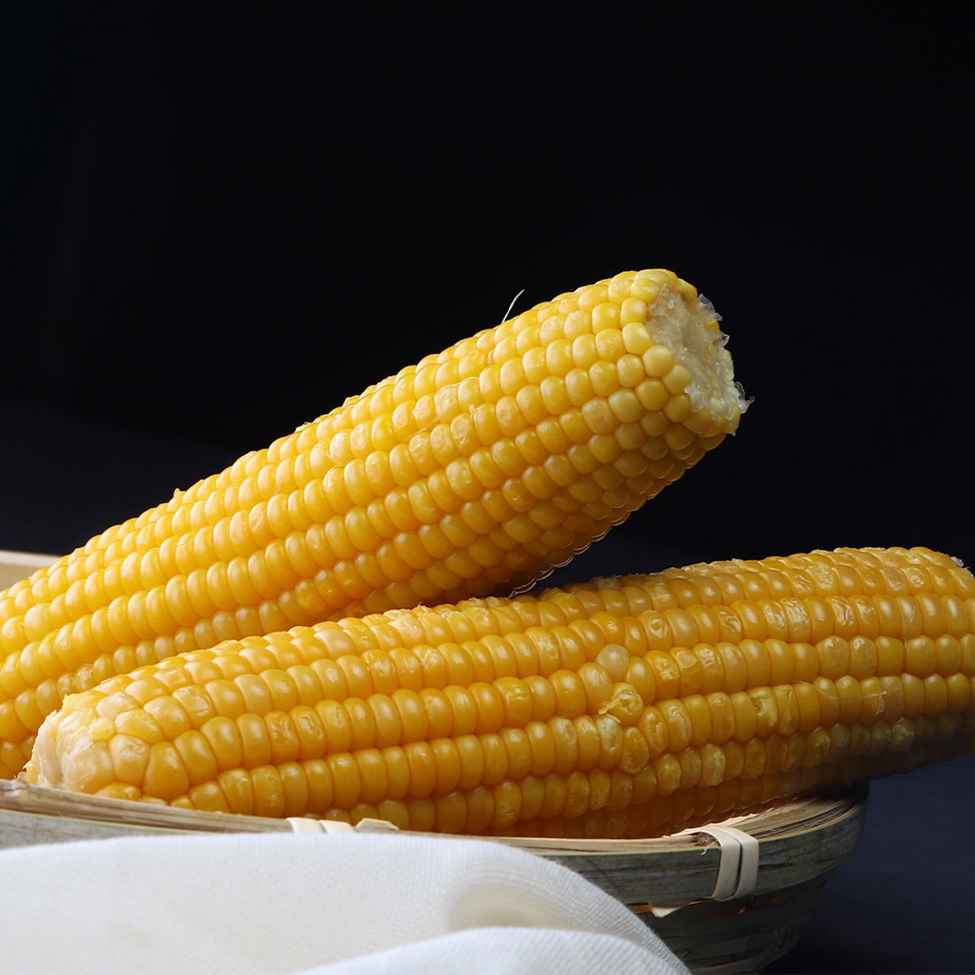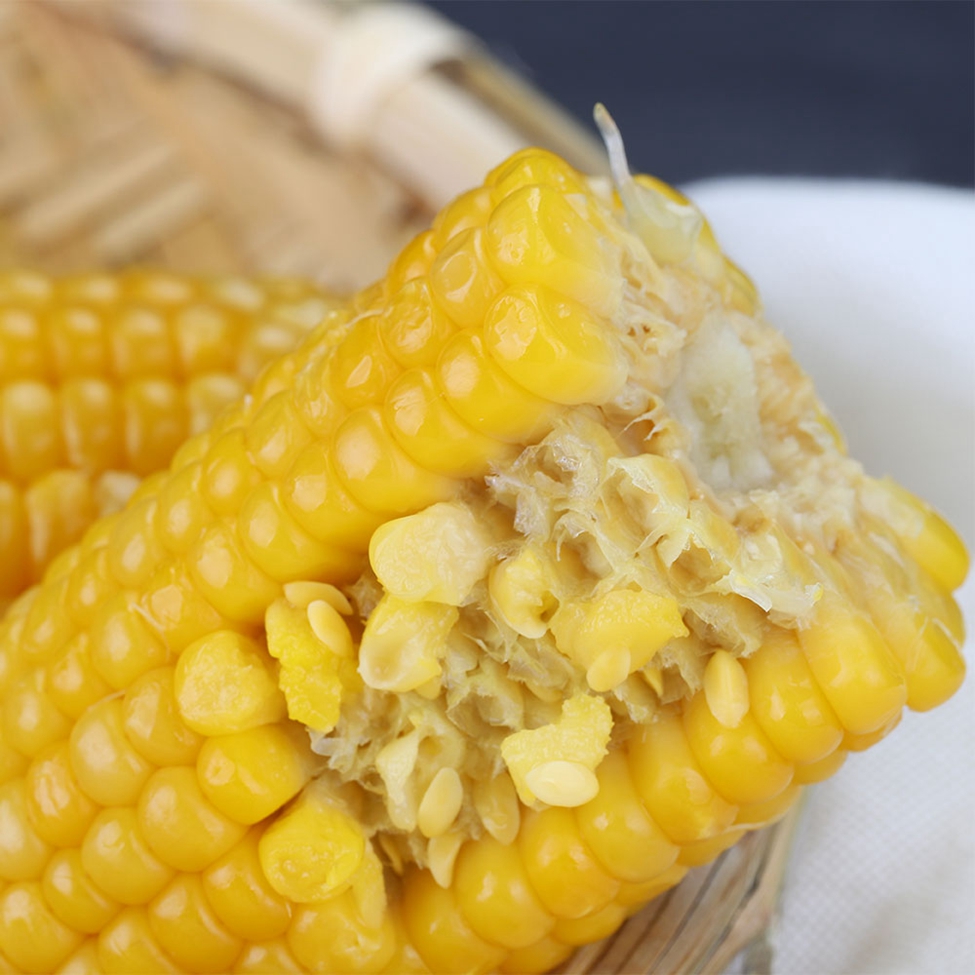In recent days, many growers have reported that due to improper ventilation, there have been phenomena such as husks, dry leaves, and roots in greenhouse vegetables. Even farmers who have been engaged in the production of shed vegetables for many years often make mistakes in ventilation techniques in greenhouses. Bring unnecessary losses. The following points should be noted when ventilating vegetables in early spring:
Set the buffer under the outlet
Setting the buffer membrane under the air outlet can not only prevent weeds and dust on the straw screen outside the shed from entering the shed and falling on the leaves of the plants, affecting the photosynthesis of the vegetables, but more importantly, avoiding cold air when the air is released. Directly blowing on the vegetables under the air outlet causes a drastic change in the temperature and dryness of the vegetable's fruit surface, resulting in the "dry edge" of the leaves of the vegetables and the phenomenon of "skinning" of the fruit. The buffer membrane is responsible for the growth of vegetables under the air outlet. To a good protection.
The method for setting the buffer membrane is also very simple. A long steel pipe is installed on the steel frame of the greenhouse 30-40 cm to the south of the roof vent, and then every 10 meters or so on the steel pipe is welded to a length of about 1.5 meters. Short steel pipe, and the angle between the short steel pipe and the roof is 45 degrees, the other end of the steel pipe is pulled with a rope or thin wire and tied to the steel rack at the roof, and then on the short steel pipe from the outlet 20 to 30 At centimeters, a plastic film about 1.2 meters wide can be pulled in the east-west direction.
Shed door with buffer room
In order to protect the vegetables at the entrance to the greenhouse and prevent the cold wind from blowing into the greenhouse, the vegetable grower can install a buffer room at the entrance of the shed. If a vegetable farmer has a door on the back wall or on the two east-west walls, a buffer can be installed in the shed. A film with a width of about 4 meters and a length of 6-10 meters is needed to fix the film on one side of the back wall of the greenhouse. Then, the steel wire or nylon rope is used to lift and fix the film from the width of the canopy, so that the two sides of the film can be closed to form a closed space. When the vegetable farmer enters the shed, simply lift the membrane in the buffer room to enter. This buffer room can also be used to place the clothing of the farmer, to avoid wet clothes in the shed to wet the clothes. For the entrance outside the shed, the vegetable grower can use the straw curtain to block the wind, but the grass curtain must be tightly wrapped with a film to reduce the windiness of the shed.
Opening the upper part of the shed at an appropriate time
For the first time: After opening the straw curtain for 1 hour, open the upper air outlet with a small wind of about 3 cm to supplement the carbon dioxide in the greenhouse. Add raw materials for smooth photosynthesis and discharge sulfur dioxide and carbon monoxide in the greenhouse as soon as possible. And other toxic gases. After about 1 hour of photosynthesis, the carbon dioxide concentration is reduced to about 0.01%, and the photosynthetic rate will gradually weaken even under strong light and high temperature. Therefore, at this time, it is necessary to release air early and let carbon dioxide enter the shed early to create conditions for photosynthesis.
The second time: When the greenhouse temperature rises above 28°C, for Solanum vegetables, as the temperature in the greenhouse rises, the outlet should be gradually opened by 8 to 10 cm. Cucumber, loofah and other vegetable greenhouses can be opened by only 6 to 8 cm.
Even cloudy days should pay attention to release the wind
In the management of greenhouses, the impact of continuous yin weather is also the most annoying problem for vegetable farmers because if they are not managed properly, their losses are very large, especially for some melons and legumes. In order to ensure the indoor temperature of the greenhouse, many vegetable farmers do not release air for several days in a cloudy day, which is extremely unfavorable to the growth of vegetables.
In the early spring, when the sky is overcast, ventilators must be ventilated when the temperature in the shelter permits. When you let go of the wind, you can't let it go too early to prevent the temperature in the greenhouse from falling and affect the growth of vegetables. When venting, you can choose to do it from 12 noon to 2 o'clock in the time period. It is advisable to open the air outlet by 6 to 8 centimeters. The air release time can be 10 to 15 minutes, and then the air outlet can be closed in time to prevent the temperature in the greenhouse. Reduce too much. When the interval is 30 minutes, air is released again for 10 to 15 minutes. This way, after two or three consecutive intervals, the harmful gases in the shed can be discharged outside the shed, and the humidity in the shed can also be reduced to prevent diseases. happened.
Precautions
When the greenhouse temperature is ventilated, the temperature in the greenhouse must be higher than the temperature suitable for the growth of the specific vegetables, so as to avoid cold or freezing damage to the vegetables due to the low indoor temperature after the ventilation. Therefore, we must understand and grasp the temperature requirements of various stages of growth and development of various vegetables.
When ventilating greenhouse ventilation, we must adhere to the principle of small to large, from small to large, downwind to the wind. At the same time, we must also pay attention to the adjustment of the local temperature difference in the shed, to relatively early ventilation in the high temperature, large air outlet; at a low temperature to relatively late release, the outlet is smaller. When the air outlet is closed, it should be gradually reduced from large to small, and gradually. In addition, when ventilating and ventilating, cool air should be prevented from blowing directly into vegetable plants in the shed, causing the temperature to fluctuate, causing freezing damage to the leaves and young fruits of the vegetables.
The ventilation time of the time should generally be high in the shed, the relative humidity is relatively large, and the photosynthesis is accelerated. In addition, after the watering, fertilizing or spraying of the pesticide, due to the increase of the humidity, short-time ventilation is also required. In the event of a long period of overcasting, it is necessary to expose the covers outside the shed, and the amount of air to be blown off is small to prevent the light from becoming excessively strong and the transpiration will intensify, causing the vegetables to lose water and wilt.
Single Packed Yellow Waxy Corn Cob
For the most common waxy and sweet corn on the market, waxy corn has a higher nutrient content than regular corn, containing 70-75% starch (and almost all straight-chain starch), more than 10% protein, 4-5% fat and 2% multivitamins, with more grains, VA, VB1 and VB2 in protein than rice, with the highest fat and VB2 content. Yellow maize also contains carotenoids, such as rice and wheat. The molecular weight of waxy maize starch is more than 10 times smaller than that of ordinary maize, and the starch makes glutinous rice sticky and soft, softer than ordinary hard maize. It is more than 20% more digestible to eat than regular maize and it is suitable for people with less than perfect teeth. At the same time, it is not suitable for diabetics because of the very high content of straight-chain starch (a polysaccharide).
Waxy maize is also known as sticky maize. The grain has coarse, waxy endosperm, similar to shiny, glassy (clear) grains such as hard and dent maize. Its chemical and physical characteristics are controlled by a recessive gene, which is located on chromosome 9. 100% of the starch in the endosperm is straight-chain starch.



If you have any further questions about our products, please do not hesitate to contact us.
Waxy Corn Cob,Yellow Glutinous Corn,Yellow Waxy Corn Cob,Single Packed Yellow Waxy Corn Cob
Jilin Province Argricultural Sister-in-law Food Co., Ltd. , https://www.nscorn.com